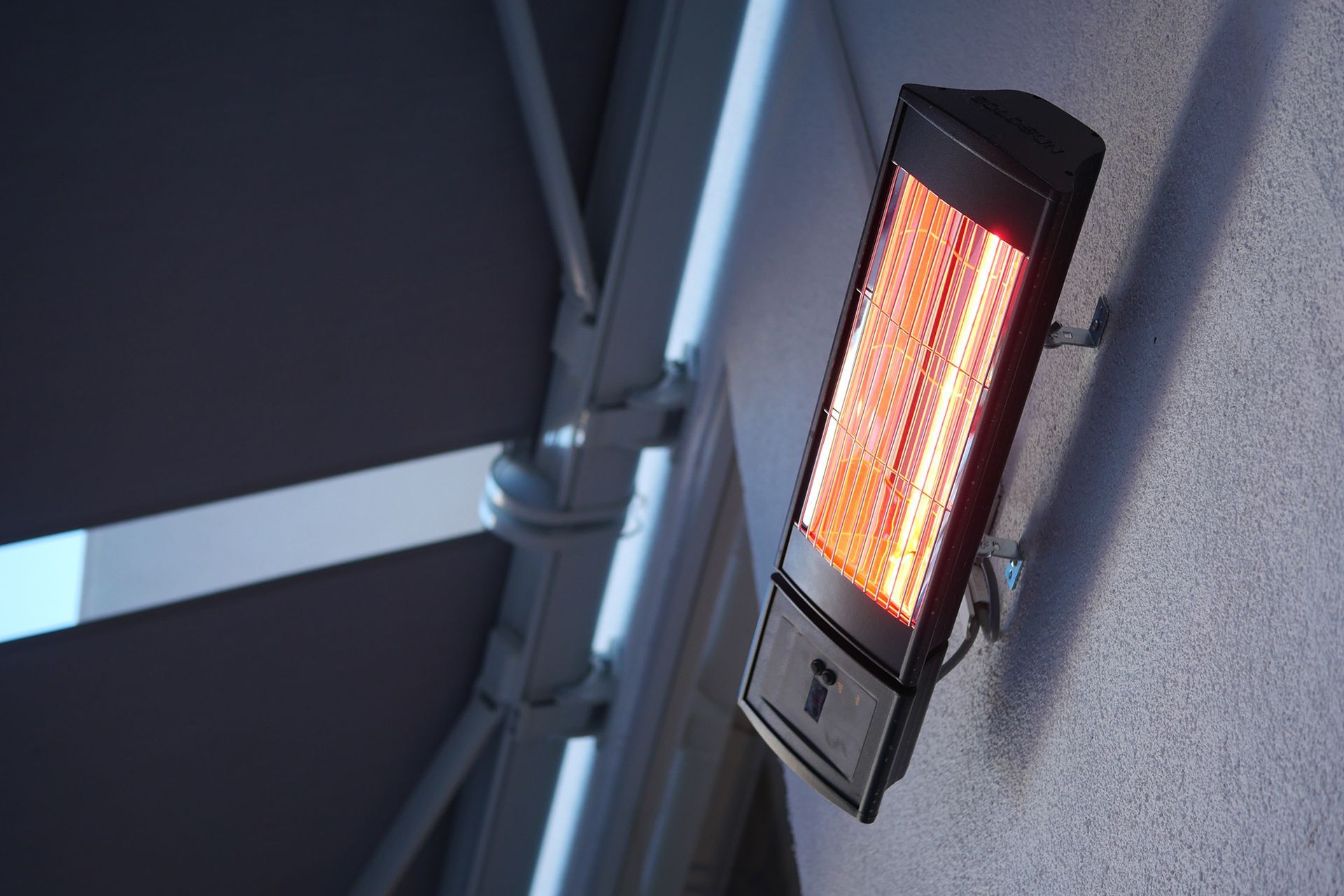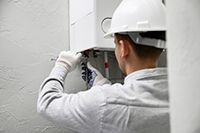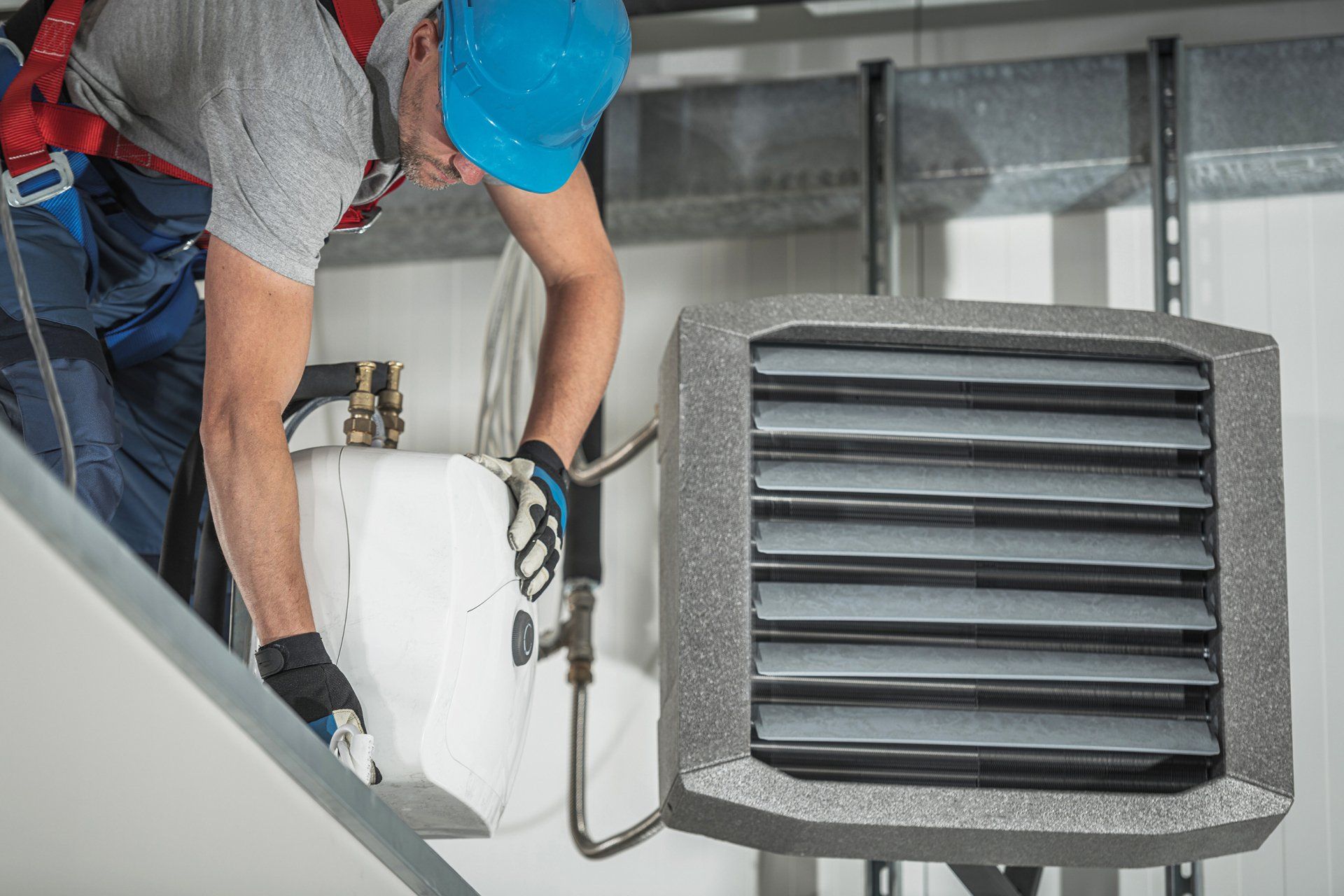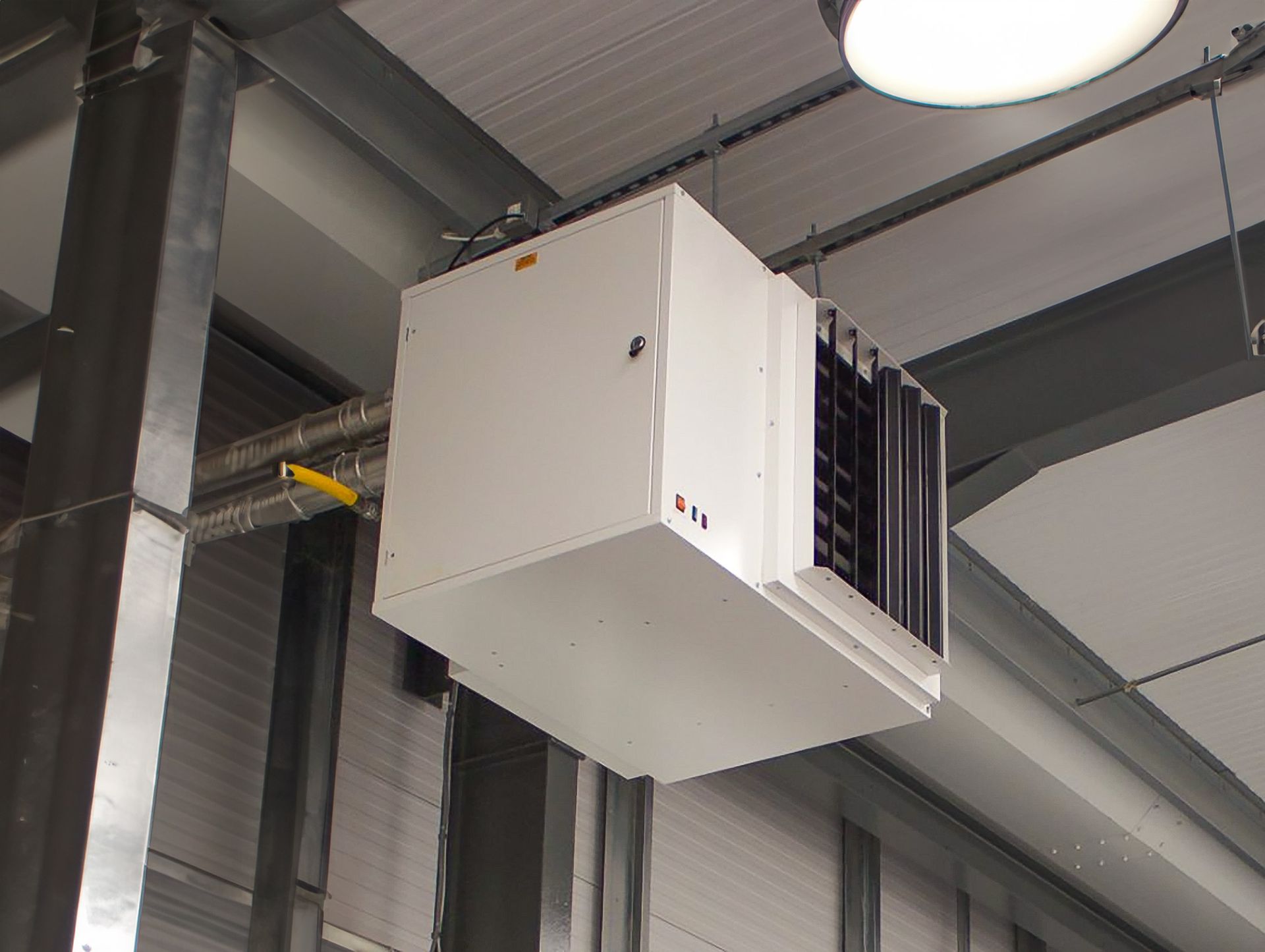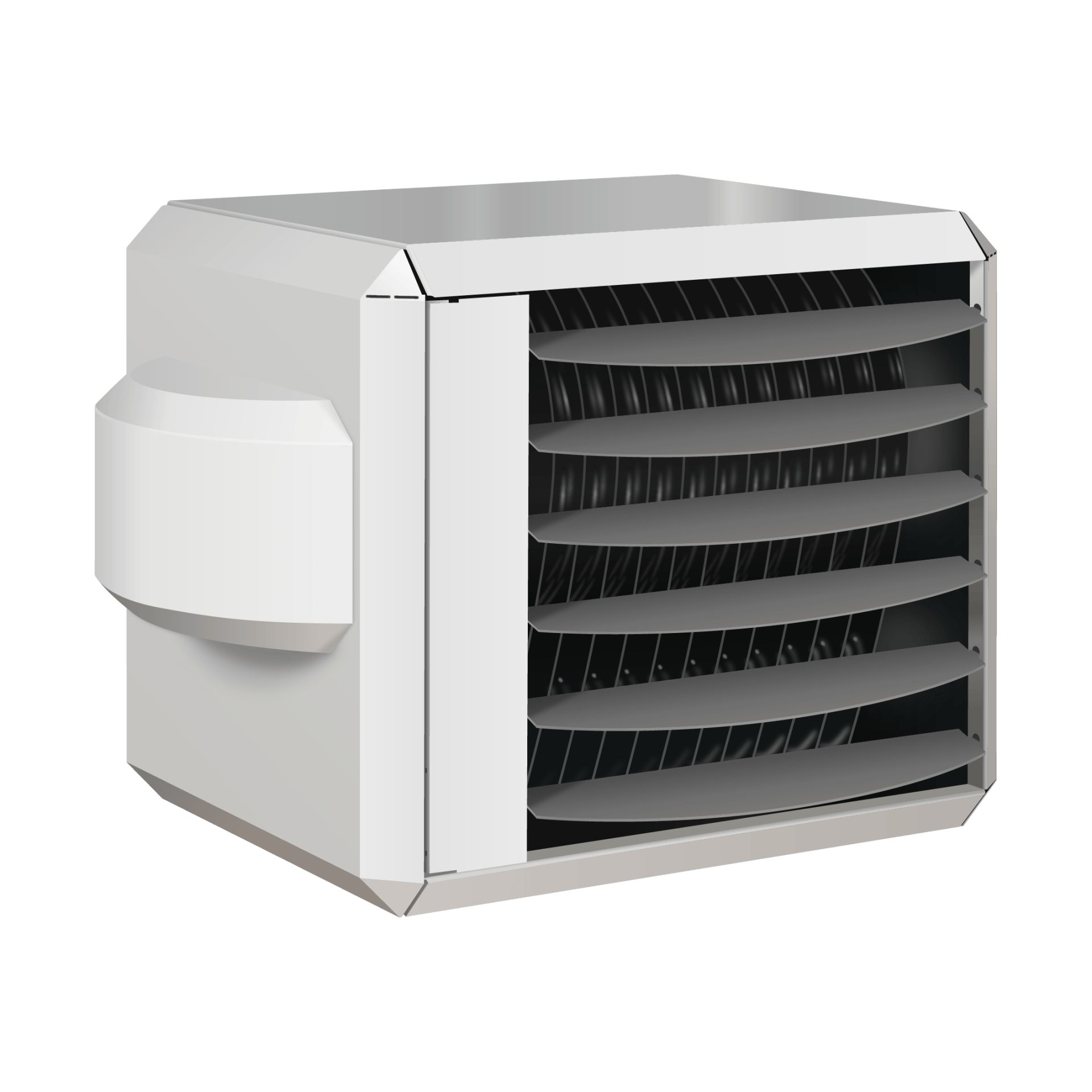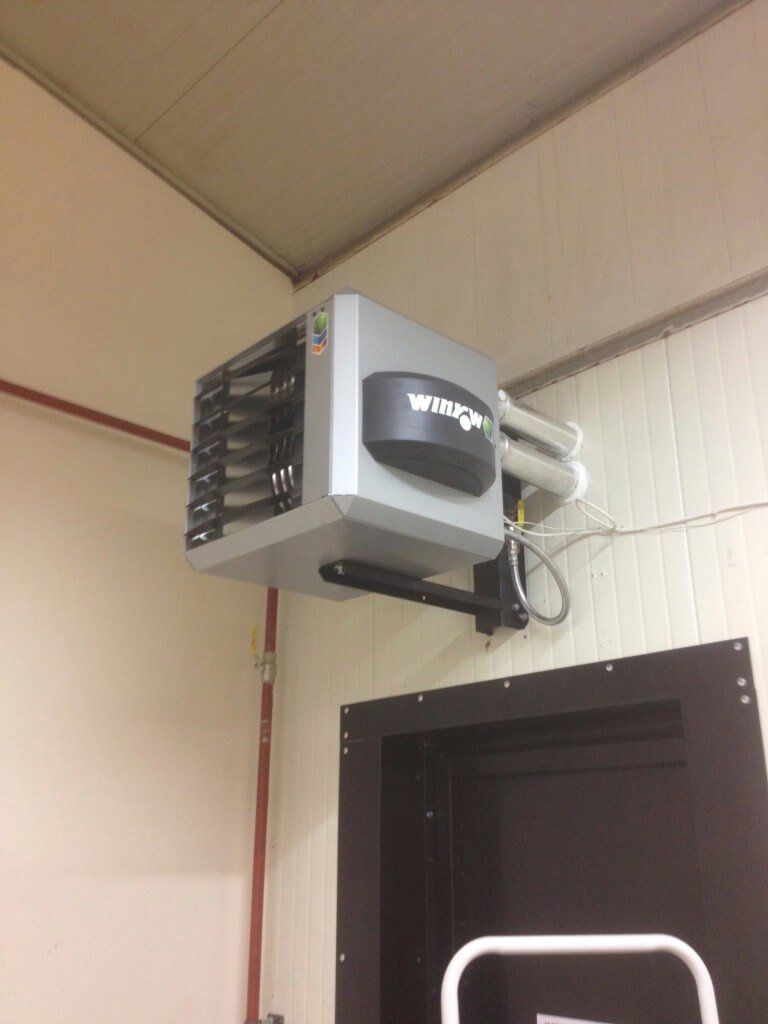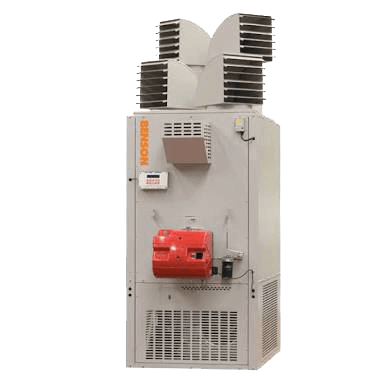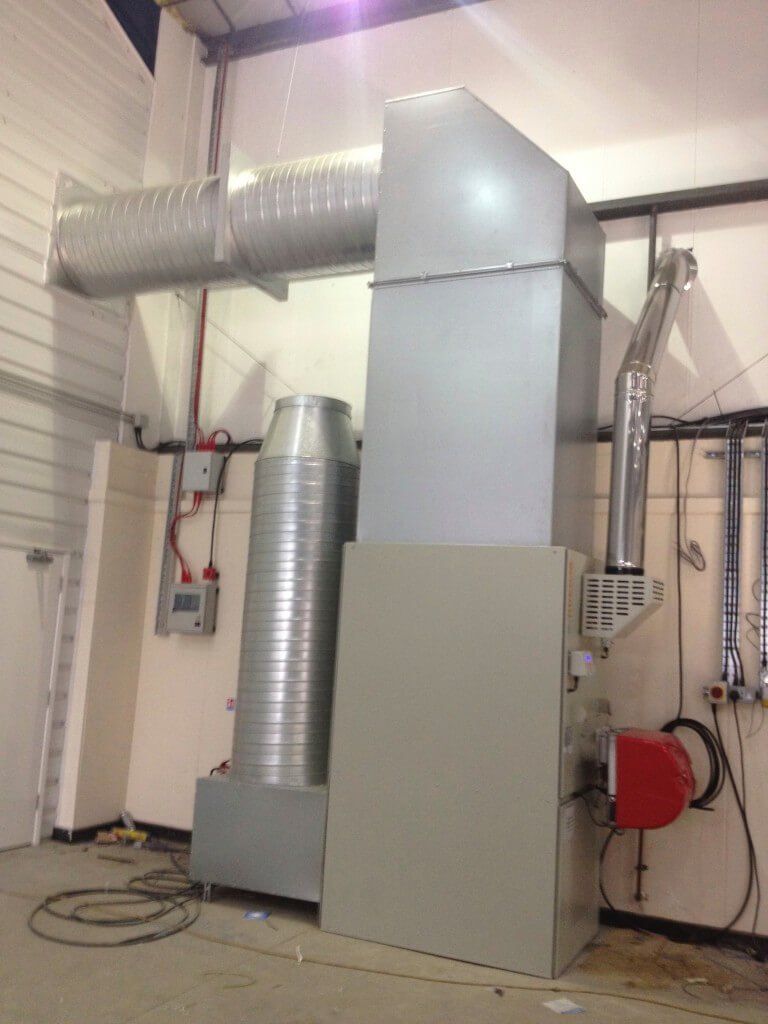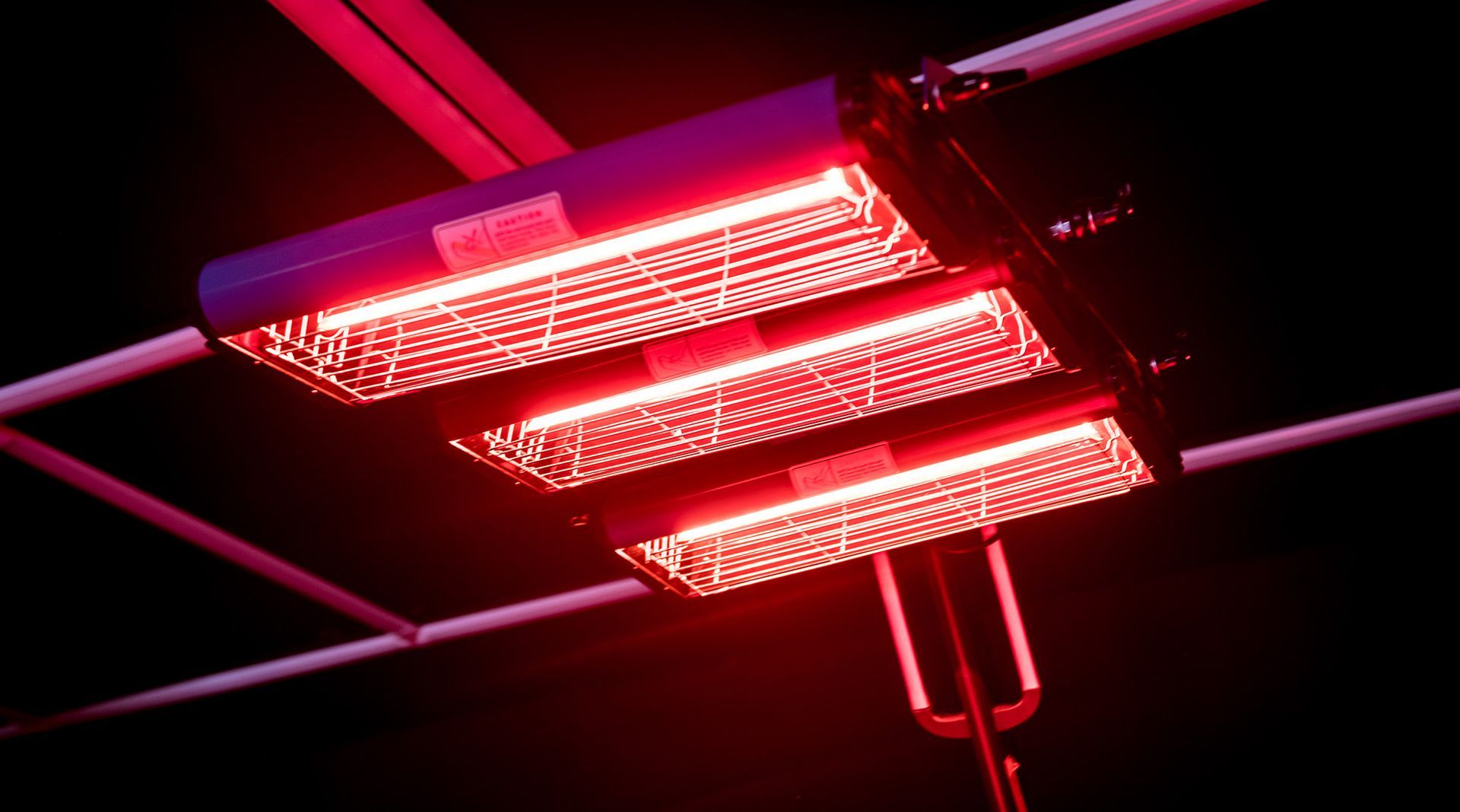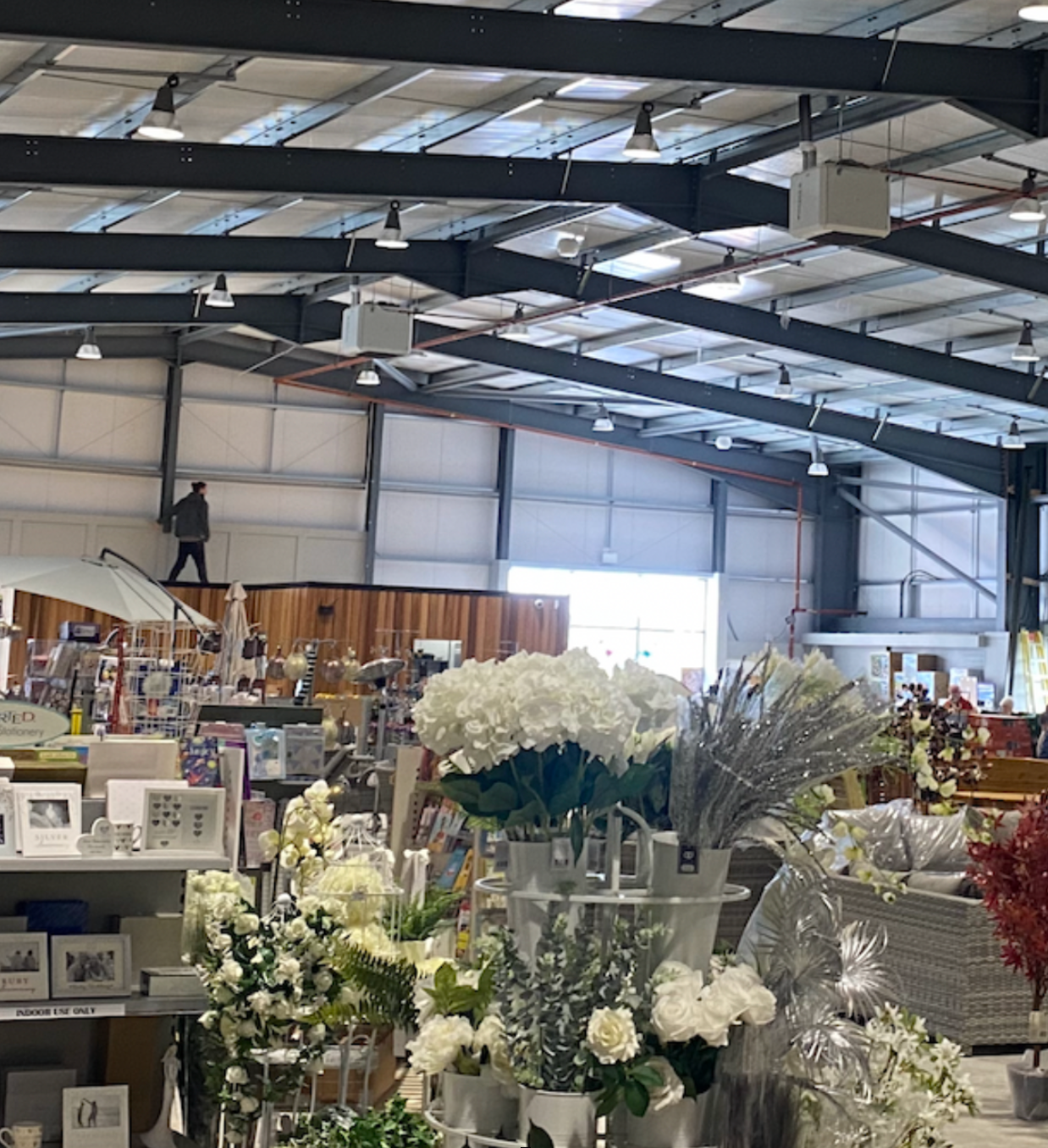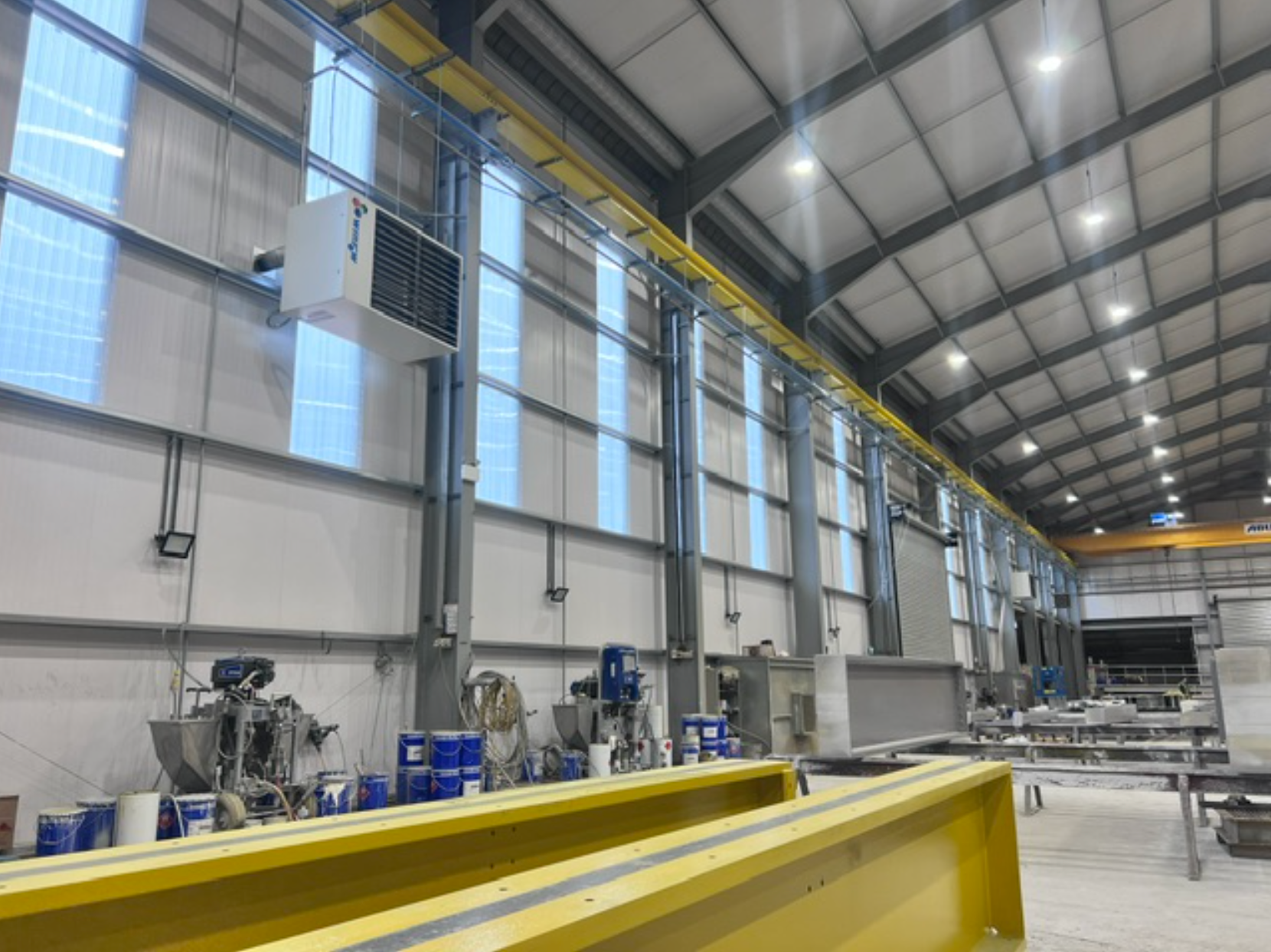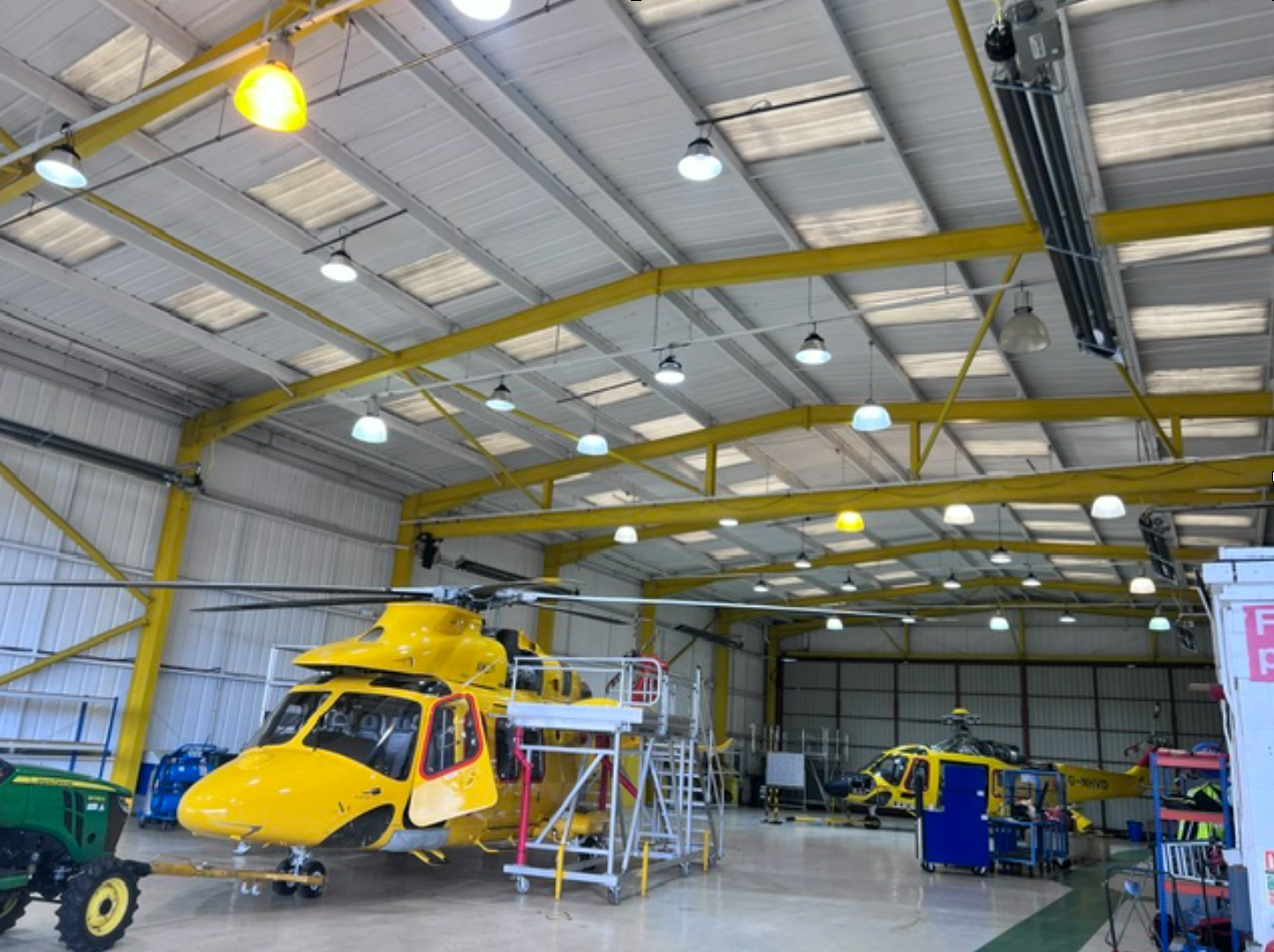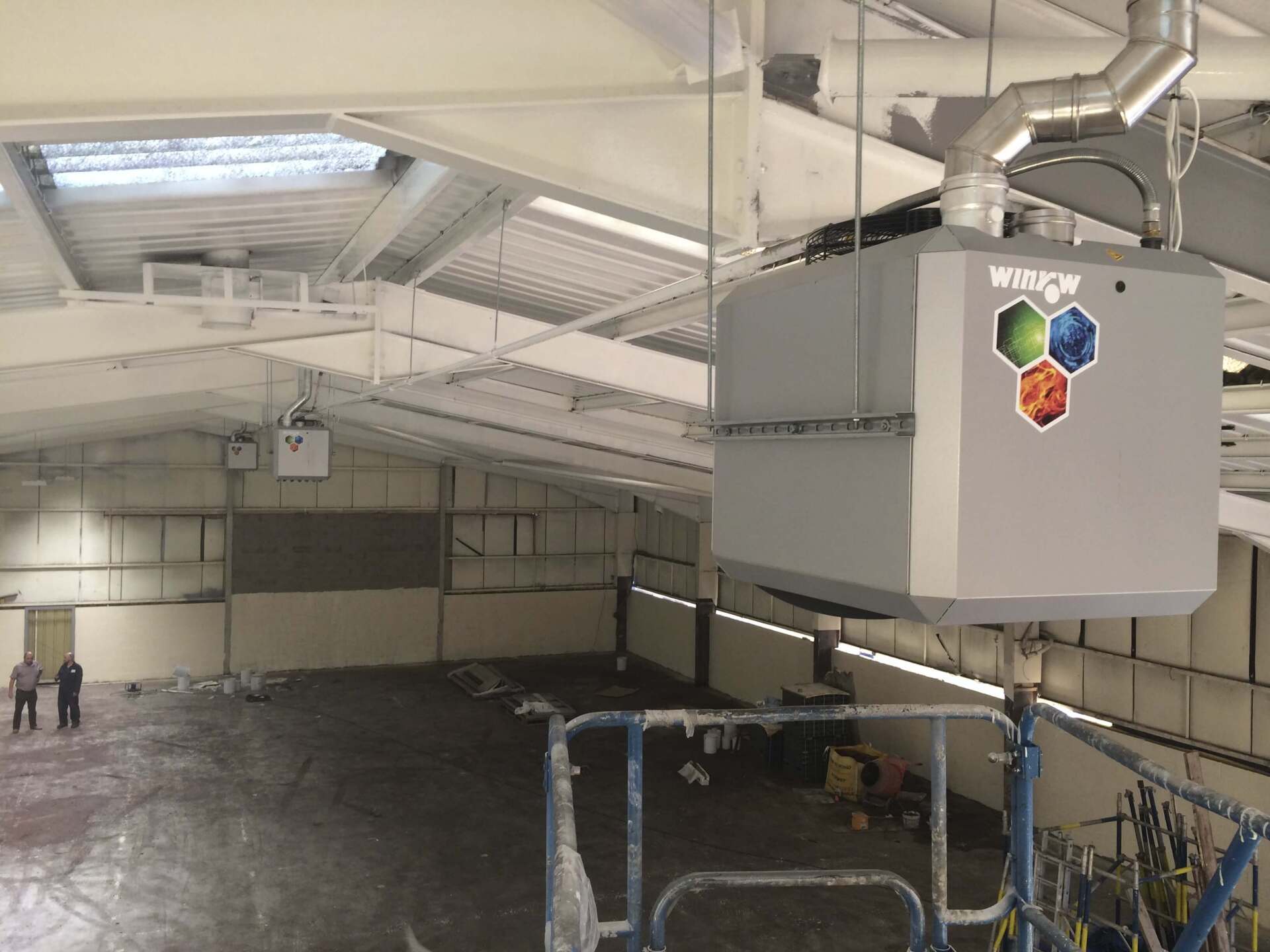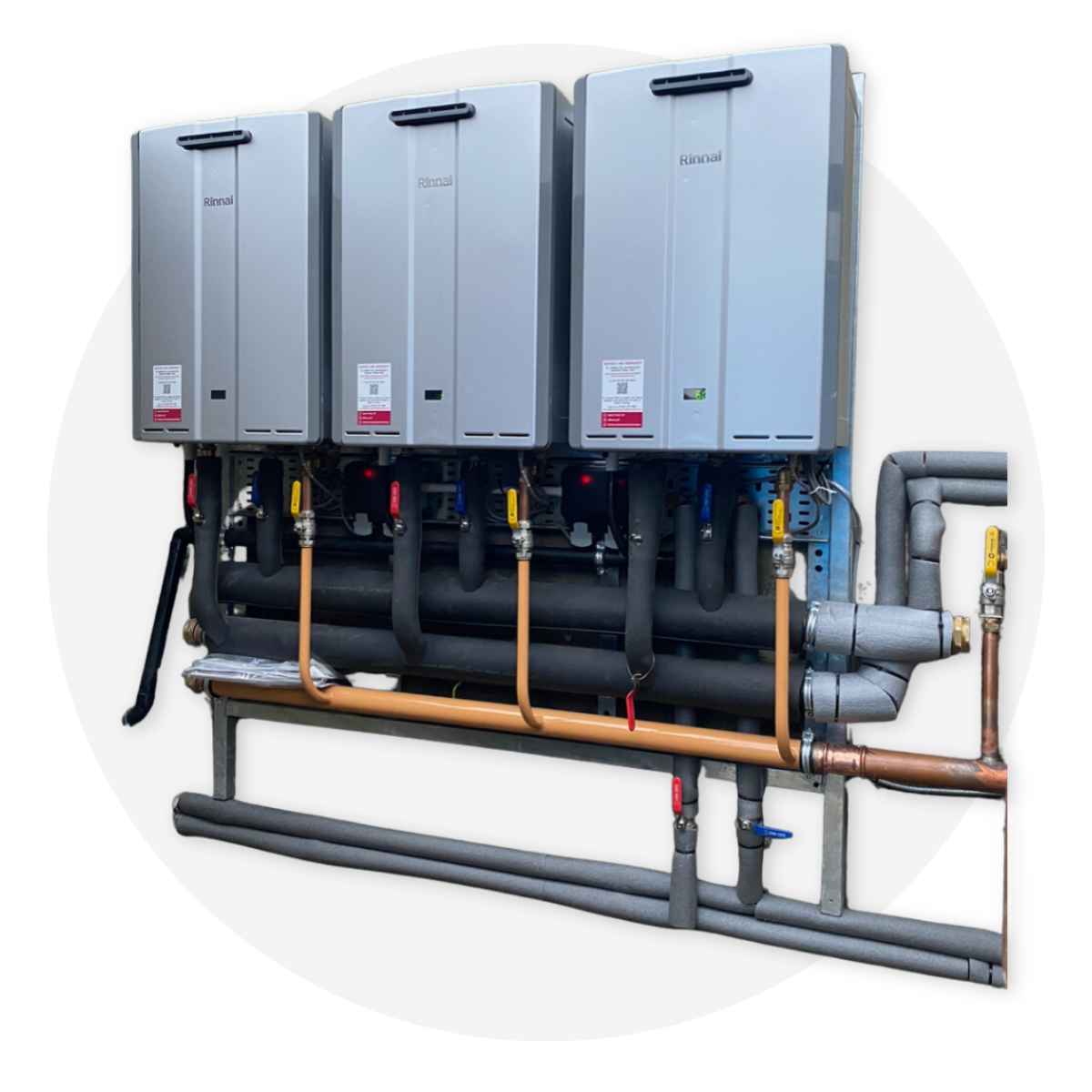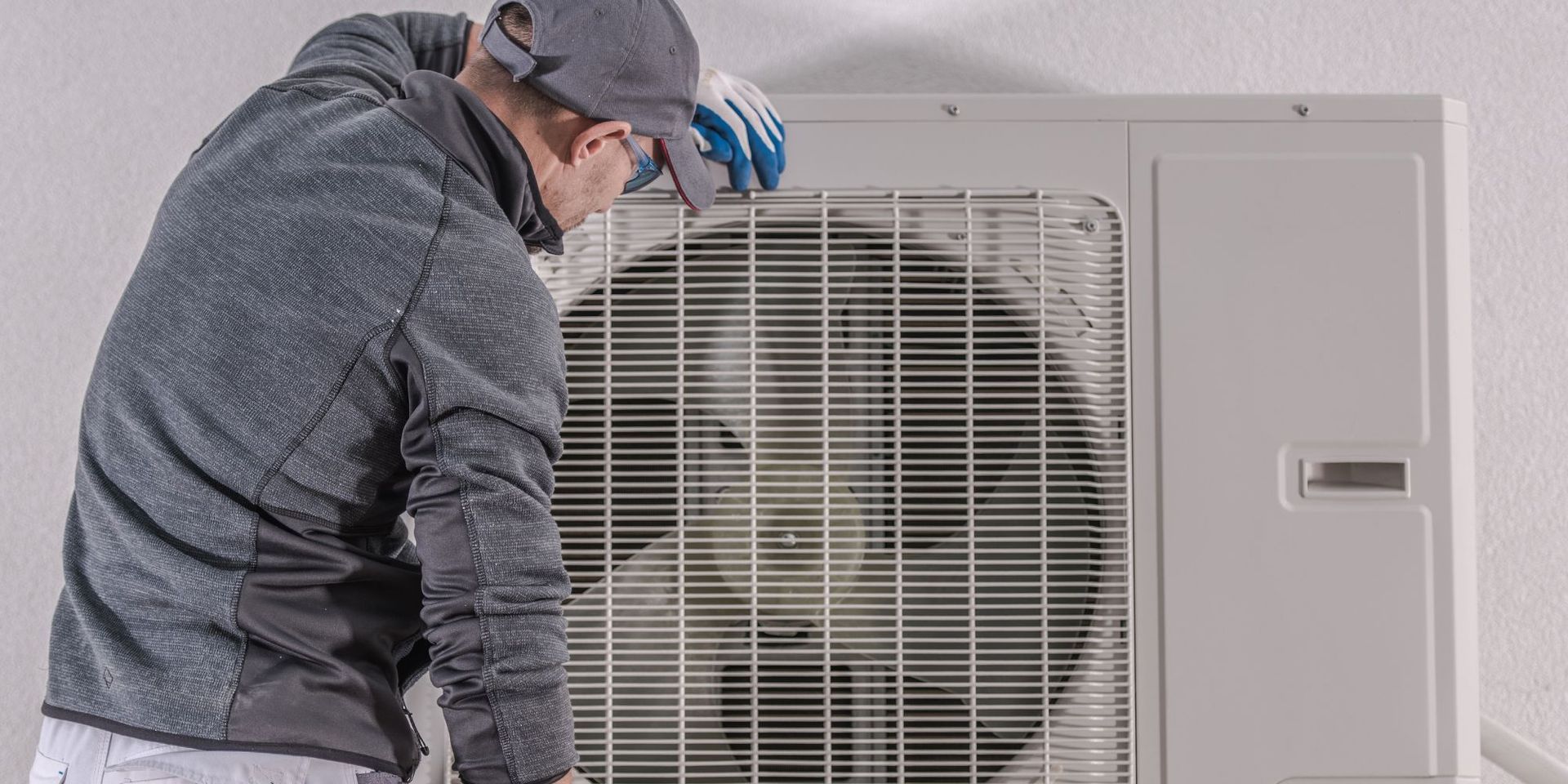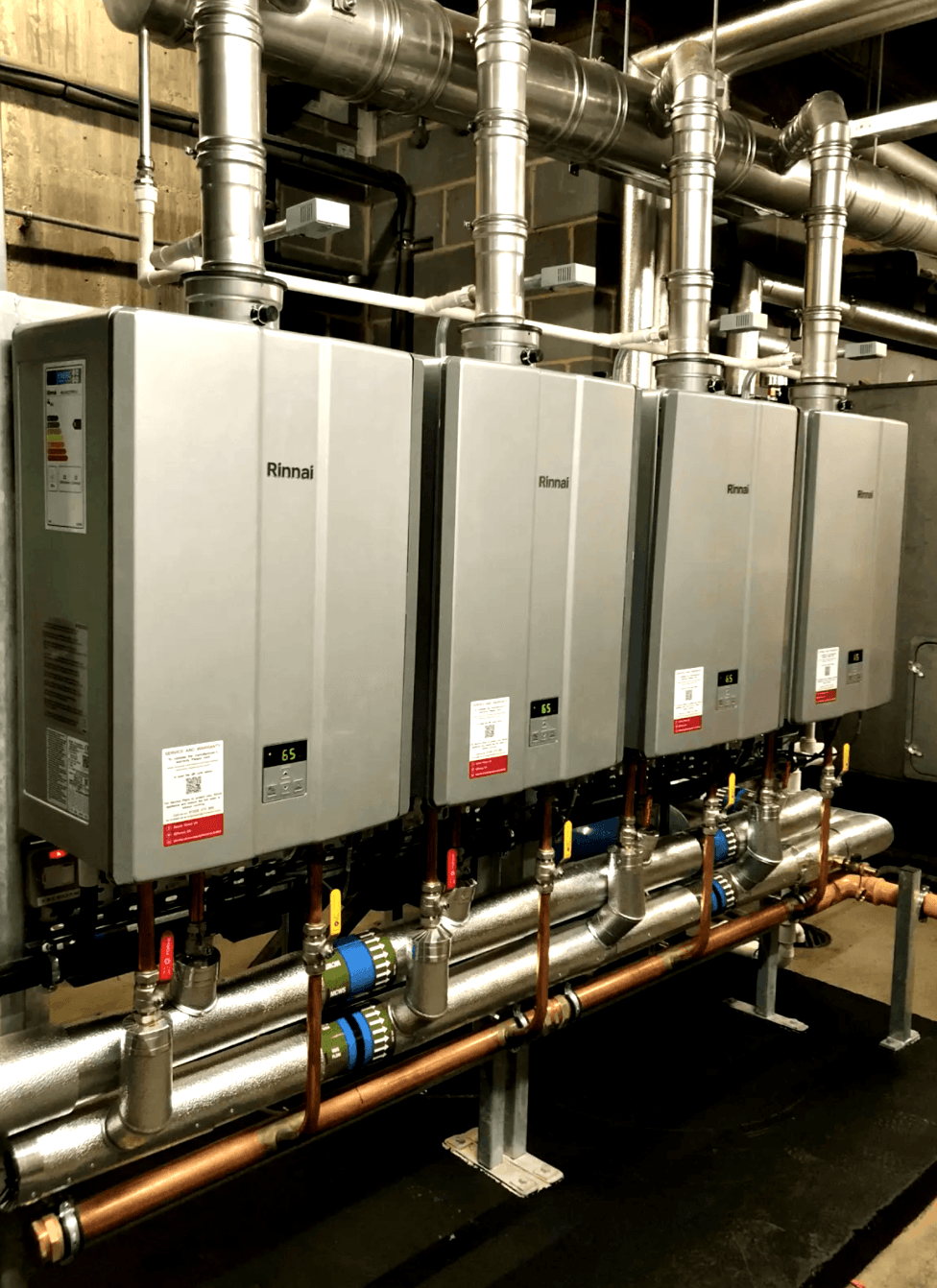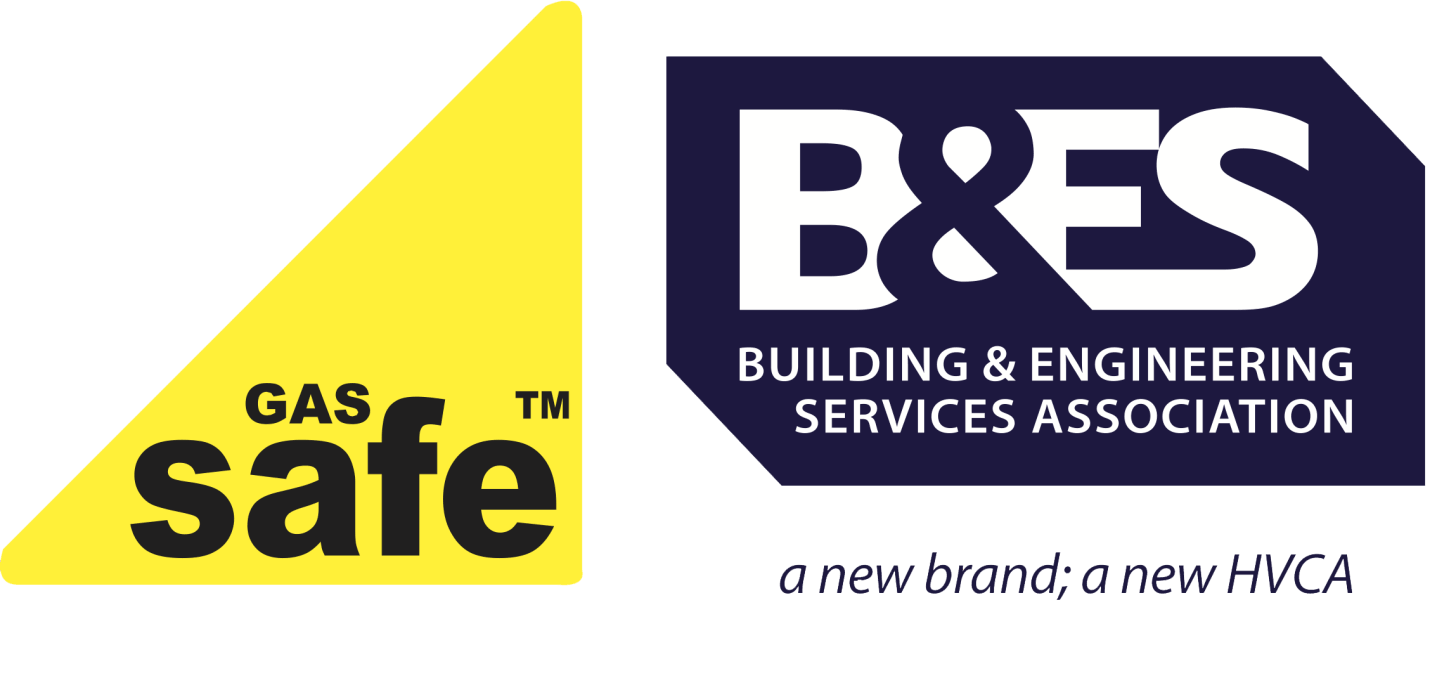Guide to Heating Large Spaces Efficiently
In an age of increasing energy costs and concerns about carbon footprints, it can be difficult to work out the most cost and energy-efficient way to heat large industrial premises such as warehouses and factories, whilst also considering the Workplace Regulations 1992, which dictate employers must keep the workplace at a “reasonable” temperature. As this is fairly ambiguous legislation, it is up to the employer to decide on the temperature; the Approved Code of Practice suggests at least 16 degrees Celsius for an office environment or at least 13 degrees Celsius for work involving rigorous physical effort.
And with the winter bearing down on us even more than usual the burning question that you might find yourself asking is ‘how do I heat this large space efficiently?’.
Being tasked with the challenge of keeping costs down, while reducing carbon footprint, and providing a comfortable working environment for staff can be quite daunting. There are, thankfully, cost-effective and low carbon-producing solutions to keep your large space heated efficiently.
So, to help, we’ve compiled a process for you to follow when considering the best heating solution for your large industrial space.
First, choose a type of heater
Warm air
As the name implies, warm air heaters heat an area by providing a continuous current of warm air, increasing the ambient temperature of a space. Warm air heating systems can run on natural gas, LPG or oil. Each of these fuel types has different levels of both heat, and efficiency, with LPG generally being considered the most cost-efficient.
There is great versatility when it comes to warm air heaters, but the main point to consider is the placement of the heater or heaters. Winrow can inspect your industrial property to help you figure out the best location for your heating needs.
Radiant
Radiant heaters heat objects using radiant heat. Most commonly suspended tubes or plaque heaters contain a bar, which is heated which then increases the heat of objects around it using infra-red radiation – any heated object then in itself becomes a secondary heater, providing another source of heat. Underfloor heating is a good example of this. Radiant heaters are often powered using electricity.
The main difference between radiant and warm air heaters is that radiant warms objects and people instead of the air itself. Radiant heating is very energy efficient as it only delivers heat where needed.
Then choose a system for the heaters
Suspended Heating
Heaters suspended from the roof structure don’t interfere with working areas and allow you to maximise the floor space.
These modern, compact units are easy to maintain and, because they’re out of harm’s way, are less likely to get damaged.
Floor-Standing Units
Freestanding units can be positioned to generate heat where it’s needed most. Similar to suspended heating, besides the fact they’re positioned on the ground, these durable and robust units provide a greater deal of mobility, they also provide heat closer to the ground so they’re able to heat a space much more quickly than roof mounted counterparts.
Then choose a system for the heaters
Ducted Heating
Heating units can be ‘ducted’ to provide a concise level of coverage to an area. The unit is used to deliver warm air through a series of insulated, ducted vents. The system is controlled by a thermostat that can be set to the required temperature, allowing you to control the level of heating.
The air that is transferred into the heating unit is warmed, then dispersed back into the atmosphere. It is one of the easiest and most efficient ways of heating large spaces. Energy efficiency can be improved by properly installing and sealing the ducts. Cleaning the filters helps to improve air quality as less dust particles are dispersed into the environment. Ducted heating provides a safer heating solution for the workplace, as there are no exposed heating elements, naked flames or power cords to worry about.
Winrow provide all of these systems and have extensive experience in fitting them for all types of environments. We provide competitive costs and expert advice for clients. To talk to one of our advisors please feel free to get in touch.
Share This Post.
Latest News | Winrow Industrial Heating
